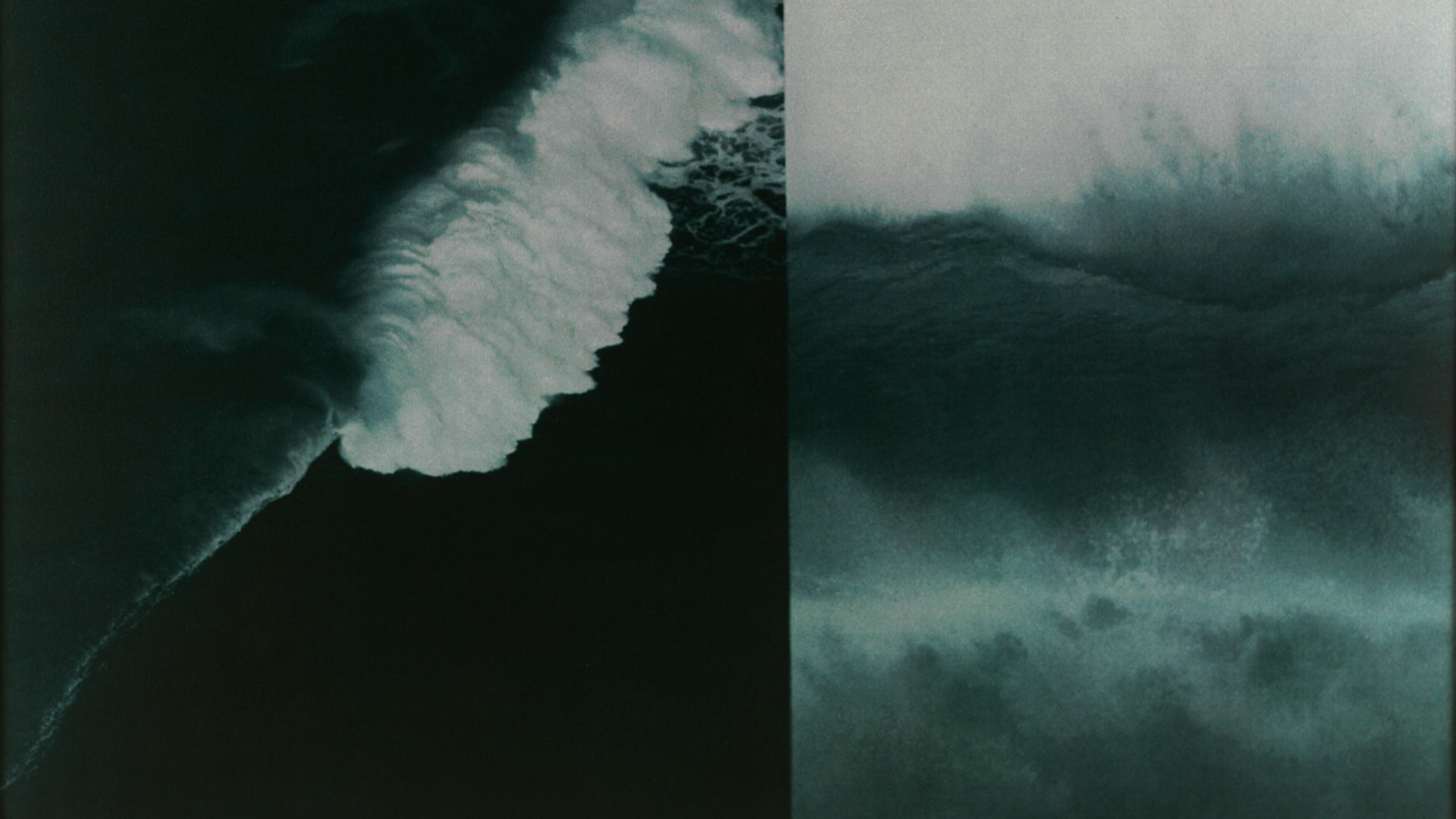Cruz-Filipe. Way of Seeing
Event Slider
Date
- Closed on Tuesday
Location
Lower Gallery Calouste Gulbenkian FoundationOrganised with the artist, this exhibition presents 57 paintings by Cruz-Filipe that chart the evolution of his work from the 1970s to his latest canvas painted in 2020. Despite the overall retrospective approach, ten previously unseen paintings are shown from 2015 onward that are a continuation of the second phase in his painting dedicated to landscapes.
An engineer by training and profession, Cruz-Filipe has created a parallel body of visual work in which he combined painting and photography in a very particular manner. His work gained prominence in the late 1960s, more specifically from 1969 onward, when, for the first time, he exhibited a series of paintings executed on photosensitive canvases, a technique which he helped to pioneer in Portugal.
Heir to the pop art style, both in the use and collage of fragments of appropriated images and, initially, in the characteristics of these images themselves, his work developed through a selective gaze – a way of seeing – at the history of western painting, with particular focus on 16th and 17th Italian and Flemish painting. The complex juxtaposition of images of details taken from ancient painting and the pictorial work – to connect, reveal, distort or conceal – exercised on the different layers accentuated the characteristic ambiguity and mystery of the final image.
A second phase began around 2005 with the predominance of photographs of landscapes and details from nature – sea, sky, earth, liquid and sublimated atmospheres, trees, clouds – that were pictorially reworked. As in his earlier phase, characterised by the constant presence of fragments of the human body, the image is reconstituted and unified through painting. In both, we find the same aesthetic attitude and the same desire to provoke the gaze of the observer, causing an uneasiness in them and the sliding of a surreal dream.
Painting, with the historic and conceptual load that the artist attributes to it, has always occupied the foreground of his work. But what place, we might ask, does photography occupy, in his very special way of seeing?
A catalogue will also be published, with colour pictures of all of the exhibited artworks and essays written by Raquel Henriques da Silva, João Pinharanda, Bernardo Pinto de Almeida and Ana Vasconcelos.
Credits
Curator
Ana Vasconcelos
Exhibition design
Sofia Mendes
The Calouste Gulbenkian Foundation reserves the right to collect and keep records of images, sounds and voice for the diffusion and preservation of the memory of its cultural and artistic activity. For further information, please contact us through the Information Request form.

